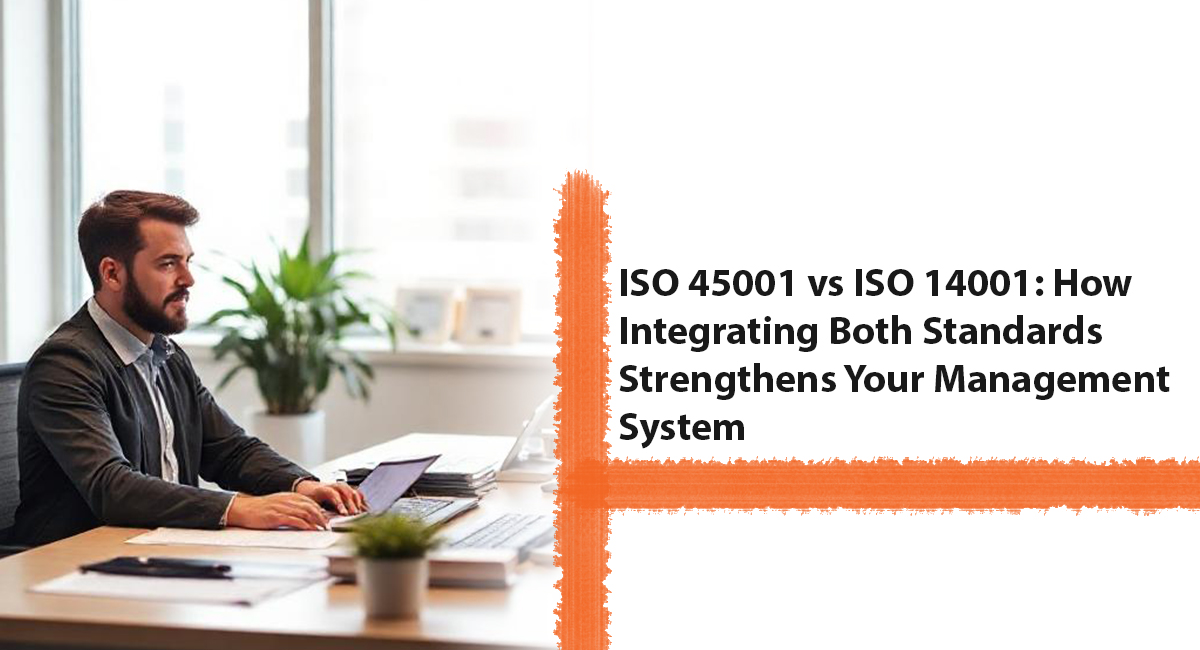QIC Global and Bluewolf are the same company.
QIC Global and Bluewolf are the same company.

ISO 45001 vs ISO 14001: How Integrating Both Standards Strengthens Your Management System

Lifecycle Perspectives in the ISO 14001 Certification Process – What Does It Mean?

What is the Difference Between ISO 14001 and ISO 45001 You Must Know About?